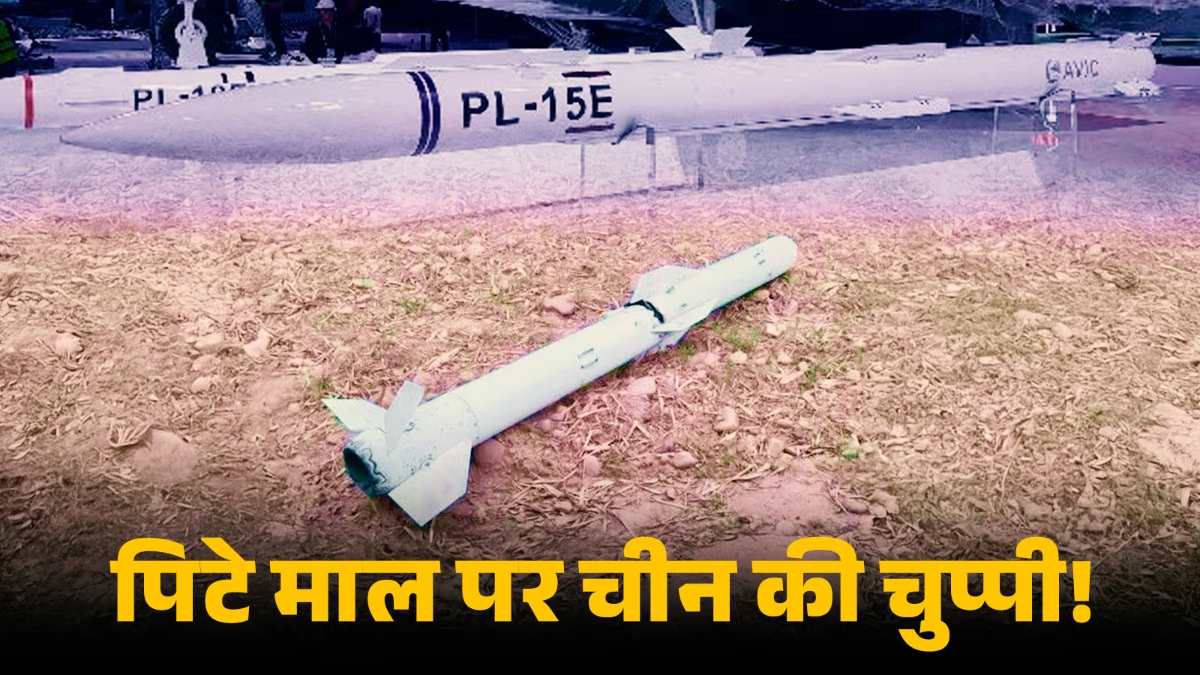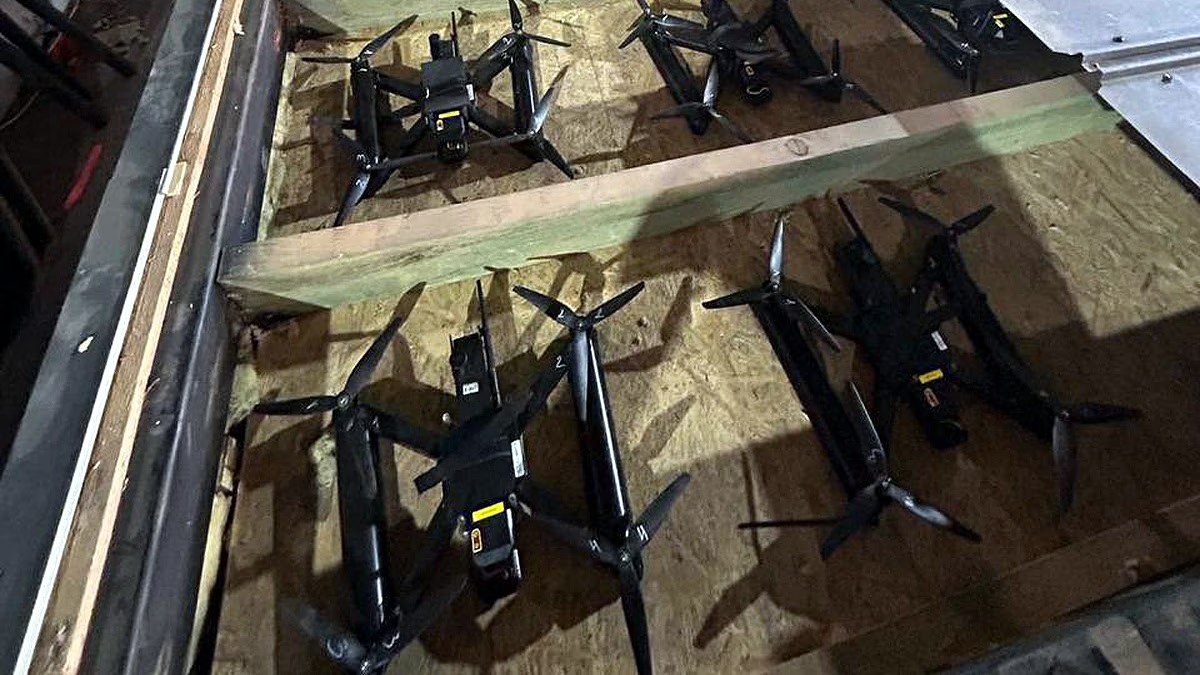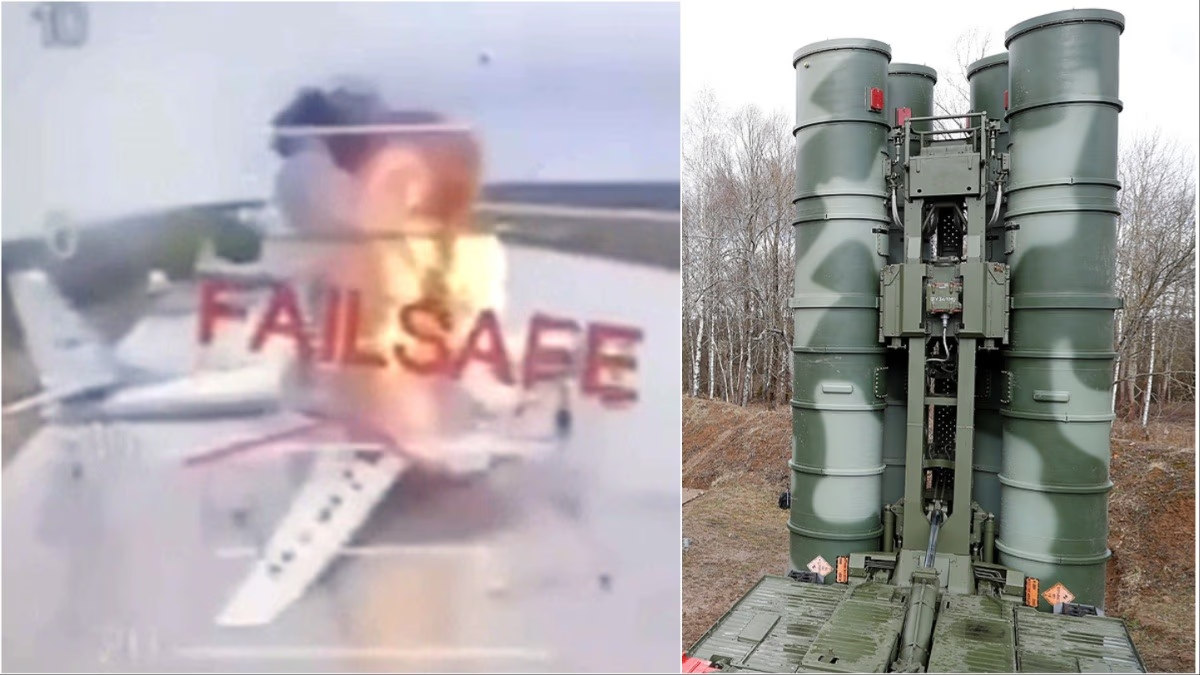During Operation Sindoor, Pakistan deployed weapons and missiles supplied by China against India. Several of these missiles, however, failed to detonate upon reaching target. The PL-15E, a radar-operated beyond-visual-range missile, was one such failed weapon.
India’s military has since secured this missile. However, China, known for its competitive nature in international relations, finds it hard to accept that its so-called superior brand has faltered.
When questioned about the performance of Chinese weapons during the recent India-Pakistan conflict, Chinese military representatives were at a loss. The spokesperson hesitated and eventually avoided providing a direct answer. Instead, they attempted to discuss diplomacy. Despite 20 days having passed since the conflict, the Chinese side remains unable to provide a satisfying explanation.
Reporters asked Senior Colonel Zhang Xiaogang of the Chinese Ministry of Defense about the PL-15E missile, touted by China as their most advanced rocket. However, when Pakistan used this advanced rocket against India, it failed to explode. Indian officials have recovered an intact PL-15E missile. This missile, fired by Pakistan at India, was found in Punjab's Hoshiarpur on May 9, 2025.
Upon being questioned about the incident, Senior Colonel Zhang stated, “The missile you refer to is an exported weapon, showcased multiple times in national and international defense exhibitions.”
Yet, Colonel Zhang could not explain why their country's premium project failed to explode in a real war situation.
Learn About China's Claims on PL-15E
China promotes the PL-15E as an advanced long-range air-to-air missile. Developed by the 607 Institute and manufactured by the China Aerospace Science and Industry Corporation (CASIC), it is said to be active radar-guided with a dual-pulse solid-propellant motor that allows speeds over Mach 5 and a range of up to 145 km.
This missile equips Pakistani jets such as the JF-17 Block III and J-10CE. During Operation Sindoor, Pakistan launched attacks on India from the J-10C. But, despite the high promises made by China to Pakistan, the much-lauded Chinese tech failed to deliver in critical times.
China claims the missile is used to destroy high-value aerial targets. It boasts that the AESA radar and two-way datalink allow for precision and mid-course updates, meaning adjustments can still be made post-launch.
When asked about the missile’s performance, Colonel Zhang deflected, instead speaking on diplomacy. He stated, “India and Pakistan are neighbors that cannot be separated. We hope both sides remain calm and avoid actions that could complicate the situation further.”
Colonel Zhang deflected inquiries about China's alleged provision of air defenses and satellite support to Pakistan in military skirmishes and the underperformance of Chinese weapons systems.
In a first press conference after India’s retaliatory strike on Pakistan on May 7, Colonel Zhang revealed that the Chinese side remains committed to helping achieve a comprehensive and lasting ceasefire and maintaining regional peace and stability. China’s Ministry of Defense holds press conferences once a month.
Given the deep defense ties between China and Pakistan, Chinese media, experts, and think tanks were closely observing this India-Pakistan clash, where Pakistan heavily utilized Chinese-made weapons.
However, Pakistan faced disappointment. The missile defense systems HQ-9 from China failed to intercept any Indian missiles, and India subsequently devastated 11 of Pakistan’s airbases.
The Stockholm International Peace Research Institute (SIPRI) recently reported that China has emerged as Pakistan’s largest arms supplier, accounting for 81% of Pakistan's total arms imports from 2020 to 2024.
This defense spending included the latest jet fighters, radars, naval ships, submarines, and missiles. The two countries jointly produce the J-17 aircraft, which forms the backbone of the Pakistan Air Force (PAF).




